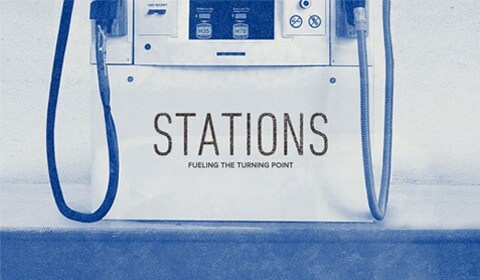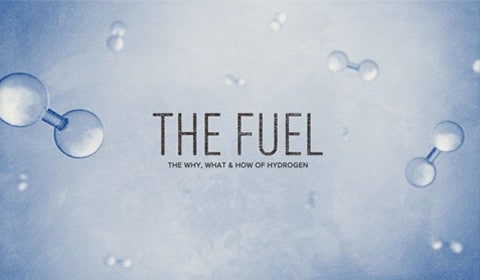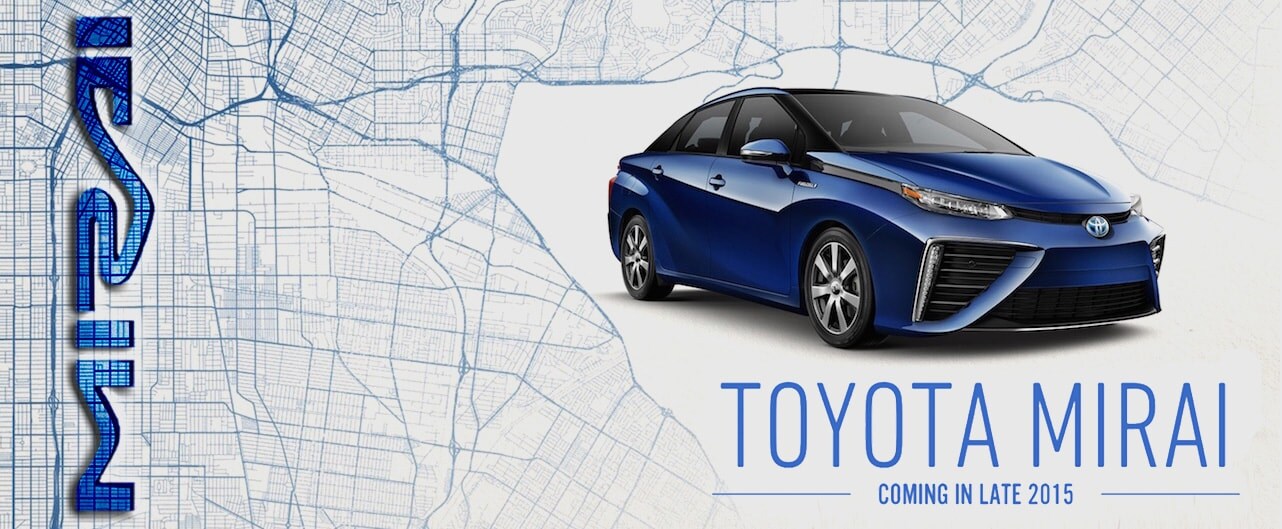

 |  |  |  |
| 153 HP / 247 LB-FT TORQUE | UP TO 300 MILES PER FILL | REFUELS IN ABOUT 5 MINUTES | CALIFORNIA ZERO EMISSIONS VEHICLE |
SAFELY MOVING FORWARD
For 20 years, Toyota has been designing and testing the vehicle's safety across a variety of climates and driving conditions. After millions of miles of road tests, track tests, crash tests and fuel tank experiments, the fuel cell system has proven itself safe and ready to take the automotive industry forward.

THE CARBON FIBER TANK
Our Toyota-designed Hydrogen tanks are made of high-quality carbon fiber
and built to be durable, lightweight and incredibly solid.
 | 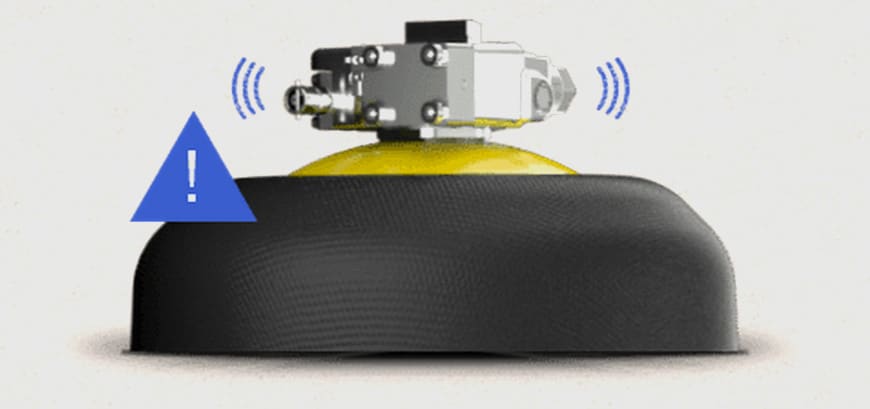 |
| AN ELEMENTAL APPROACH TO SAFETY The fuel cell stack isn't some new, experimental technology. It's a tried-and-tested way to power a range of products, from submarines to backup power generators. | INTELLIGENT SENSORS FOR THOUGHTFUL MOTORISTS We've designed intelligent monitoring systems for the Toyota FCV, like shut-off valves that isolate the hydrogen tanks in an emergency. |
DRIVING CHANGE AT EVERY LEVEL
We've designed every aspect of the Toyota Mirai to be as innovative, efficient and reliable as our fuel cell technology.
| INTERIOR | PROFILE | FRONT |
|
|
|
IT'S JUST A FACT
- THE TOYOTA MIRAI HAS AERODYNAMIC STYLING WITH A SLEEK EDGE

- THE INTAKE GRILLS DELIVER AIR TO THE FUEL STACK
- THE MIRAI HAS A LUXURIOUS AND COMFORTABLE INTERIOR
- YOU GET UP TO 300 MILES IN EVERY TANK
- IT CAN GO ZERO TO SIXTY MPH IN NINE SECONDS
H2Q&A
HYDROGEN QUESTIONS & ANSWERS
Want to learn more about hydrogen and it's potential? Find out what an expert has to say.
A TURNING POINT FROM THE INSIDE OUT

1. IT ALL STARTS WITH HYDROGEN
When you pump hydrogen into the vehicle, the gas travels to carbon-fiber fuel tanks where it's stored.
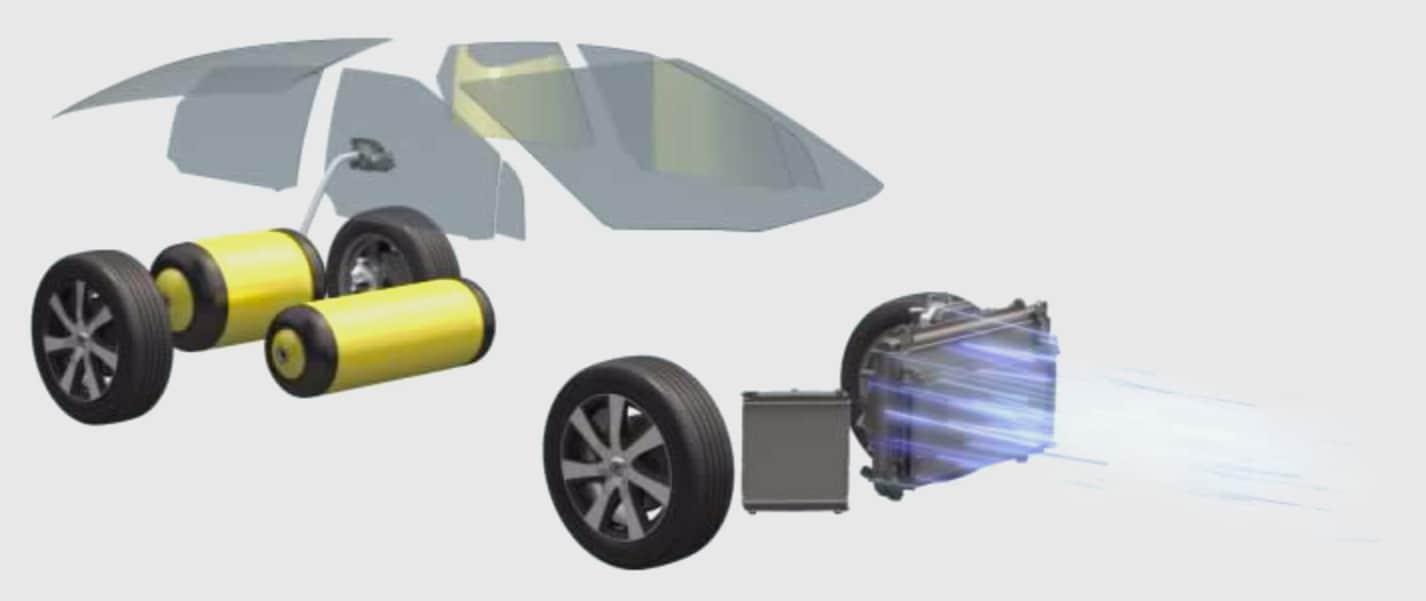
2. THEN COMES AIR
The FCV's front intake grills deliver the outside air to the fuel cell stack. 
3. WHICH MAKES ELECTRICITY
Hydrogen travels from the tanks to the fuel cell stack. There, it goes through a chemical reaction involving the oxygen in the air, creating electricity to power the vehicle.

4. MOVING YOU FORWARD
When you put your foot on the gas pedal, electricity from the fuel cell stack is sent to the motor.
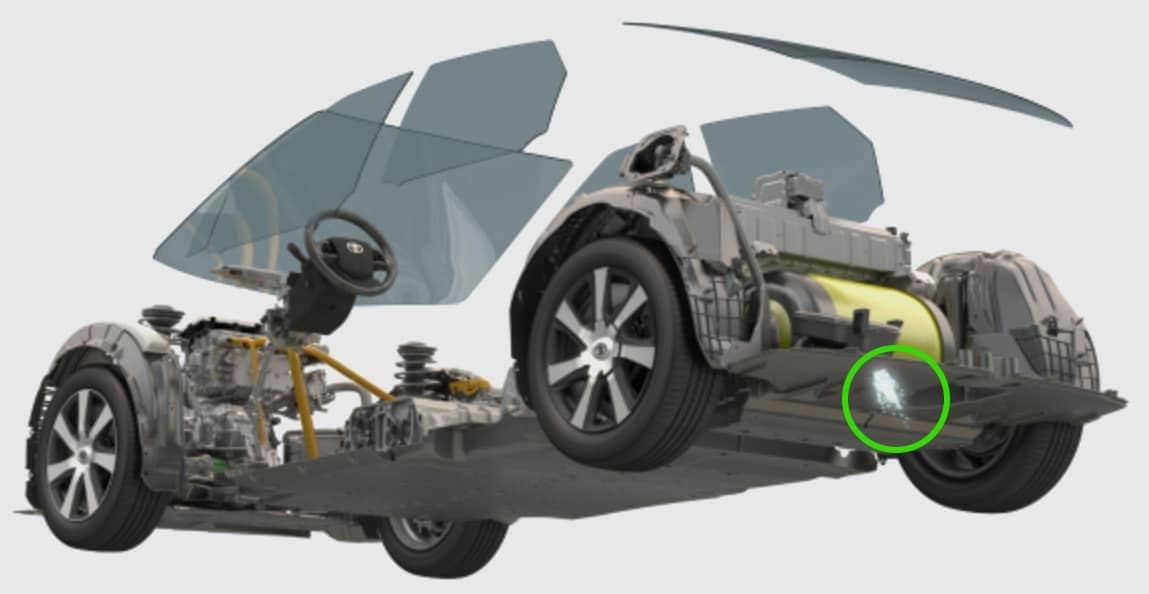
5. LEAVING BEHIND NOTHING BUT WATER
In the end, the only by-product of creating electricity with hydrogen and oxygen in our fuel cell stack is water, which leaves through the tailpipe.
- LEAVE YOUR MARK BY LEAVING NO MARK AT ALL -


